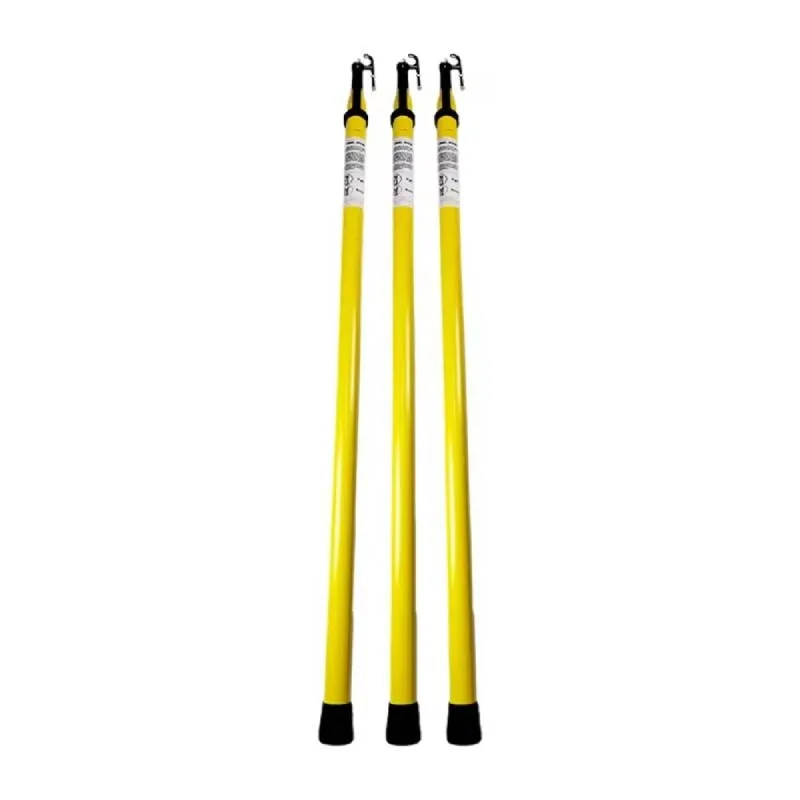
-
 Afrikaans
Afrikaans -
 Albanian
Albanian -
 Amharic
Amharic -
 Arabic
Arabic -
 Armenian
Armenian -
 Azerbaijani
Azerbaijani -
 Basque
Basque -
 Belarusian
Belarusian -
 Bengali
Bengali -
 Bosnian
Bosnian -
 Bulgarian
Bulgarian -
 Catalan
Catalan -
 Cebuano
Cebuano -
 Corsican
Corsican -
 Croatian
Croatian -
 Czech
Czech -
 Danish
Danish -
 Dutch
Dutch -
 English
English -
 Esperanto
Esperanto -
 Estonian
Estonian -
 Finnish
Finnish -
 French
French -
 Frisian
Frisian -
 Galician
Galician -
 Georgian
Georgian -
 German
German -
 Greek
Greek -
 Gujarati
Gujarati -
 Haitian Creole
Haitian Creole -
 hausa
hausa -
 hawaiian
hawaiian -
 Hebrew
Hebrew -
 Hindi
Hindi -
 Miao
Miao -
 Hungarian
Hungarian -
 Icelandic
Icelandic -
 igbo
igbo -
 Indonesian
Indonesian -
 irish
irish -
 Italian
Italian -
 Japanese
Japanese -
 Javanese
Javanese -
 Kannada
Kannada -
 kazakh
kazakh -
 Khmer
Khmer -
 Rwandese
Rwandese -
 Korean
Korean -
 Kurdish
Kurdish -
 Kyrgyz
Kyrgyz -
 Lao
Lao -
 Latin
Latin -
 Latvian
Latvian -
 Lithuanian
Lithuanian -
 Luxembourgish
Luxembourgish -
 Macedonian
Macedonian -
 Malgashi
Malgashi -
 Malay
Malay -
 Malayalam
Malayalam -
 Maltese
Maltese -
 Maori
Maori -
 Marathi
Marathi -
 Mongolian
Mongolian -
 Myanmar
Myanmar -
 Nepali
Nepali -
 Norwegian
Norwegian -
 Norwegian
Norwegian -
 Occitan
Occitan -
 Pashto
Pashto -
 Persian
Persian -
 Polish
Polish -
 Portuguese
Portuguese -
 Punjabi
Punjabi -
 Romanian
Romanian -
 Russian
Russian -
 Samoan
Samoan -
 Scottish Gaelic
Scottish Gaelic -
 Serbian
Serbian -
 Sesotho
Sesotho -
 Shona
Shona -
 Sindhi
Sindhi -
 Sinhala
Sinhala -
 Slovak
Slovak -
 Slovenian
Slovenian -
 Somali
Somali -
 Spanish
Spanish -
 Sundanese
Sundanese -
 Swahili
Swahili -
 Swedish
Swedish -
 Tagalog
Tagalog -
 Tajik
Tajik -
 Tamil
Tamil -
 Tatar
Tatar -
 Telugu
Telugu -
 Thai
Thai -
 Turkish
Turkish -
 Turkmen
Turkmen -
 Ukrainian
Ukrainian -
 Urdu
Urdu -
 Uighur
Uighur -
 Uzbek
Uzbek -
 Vietnamese
Vietnamese -
 Welsh
Welsh -
 Bantu
Bantu -
 Yiddish
Yiddish -
 Yoruba
Yoruba -
 Zulu
Zulu


Dec . 29, 2024 03:44 Back to list
35 ton shackle dimensions
Understanding 35% 20 Ton Shackle Dimensions
In the world of heavy lifting and rigging, shackles play an essential role in ensuring safety and efficiency. Among these, the 35% 20-ton shackle is a critical component, noted for its robust design and impressive load-bearing capacity. This article delves into the dimensions and characteristics of the 35% 20-ton shackle, exploring why it is favored across various industries, including construction, maritime, and logistics.
What is a Shackle?
A shackle is a device used to connect two components in a rigging setup, usually made of metal to ensure durability and strength. Shackles come in various shapes and sizes, but the most common types are the D-shackle (or delta shackle) and the bow shackle. The 35% 20-ton shackle typically refers to a bow shackle designed to accommodate 20 tons of load, with a safety margin of 35%, meaning it can safely handle loads significantly exceeding its rated capacity.
Dimensions and Specifications
Understanding the dimensions of the 35% 20-ton shackle is critical for proper application. The typical dimensions of a 20-ton bow shackle include
- Width (A) Approximately 5 inches (127 mm) - Inside Width (B) Ranges around 4 inches (102 mm) - Height (C) Roughly 8 inches (203 mm) - Pin Diameter (D) Usually about 1.5 inches (38 mm)
These dimensions can vary slightly based on the manufacturer, but they serve as a general guideline. The lifting capacity of 20 tons refers to the maximum load that the shackle can handle under normal conditions, while the additional 35% safety factor ensures that the device remains within safe operating limits even under stress.
Materials and Construction
The 35% 20-ton shackles are typically made from high-strength steel or alloy steel, which enhances their durability and ability to withstand harsh conditions
. Many manufacturers also include a galvanization process or other types of coatings to protect the shackles from rust and corrosion, particularly for use in marine environments.35 ton shackle dimensions

Importance of Safety Factors
The 35% safety factor is a crucial aspect of rigging hardware. It ensures that the equipment can handle unexpected shocks and dynamic loads that exceed normal operating conditions. The inclusion of a safety margin helps prevent failure and incidents during lifting operations, thereby enhancing overall safety.
Applications
Shackles, particularly the 35% 20-ton variety, find extensive usage across various sectors
1. Construction They are commonly used to connect lifting equipment, such as cranes and hoists, to loads. 2. Maritime Bow shackles are vital for mooring and anchoring systems, allowing ships to safely attach to docks or other vessels. 3. Logistics Shackles facilitate the secure transportation of goods by connecting cargo to lifting gear in shipping containers or trucks.
Choosing the Right Shackle
Selecting the appropriate shackle involves more than just considering the load capacity. Other factors such as shackle type, dimensions, and environmental conditions must also be taken into account. For example, a bow shackle is preferred for applications requiring a wider load distribution and minimal risk of bending, while a D-shackle may be suitable for applications requiring less load distribution.
Conclusion
The 35% 20-ton shackle is an indispensable tool in the realm of heavy lifting and rigging. With its robust design, favorable dimensions, and significant safety factor, it offers a reliable solution for various applications in construction, maritime operations, and logistics. By understanding the dimensions and characteristics of shackles, operators can make informed decisions that enhance safety and efficiency in their lifting operations. When properly chosen and used, shackles, including the 35% 20-ton variety, contribute significantly to the safety and success of any heavy lifting endeavor.
Latest news
What Are Construction Tools and How Are They Used?
NewsJul.11,2025
Professional-Grade Duct Rodding Tools for Superior Cable Installation
NewsJul.11,2025
Enhancing Safety and Efficiency with Modern Hot Stick Solutions
NewsJul.11,2025
Empowering Cable Installation with Advanced Rodder Solutions
NewsJul.11,2025
Elevate Your Cable Installation Projects with Cable Pulling Tools
NewsJul.11,2025
Efficient Cable Handling Solutions: Cable Rollers for Sale
NewsJul.11,2025











